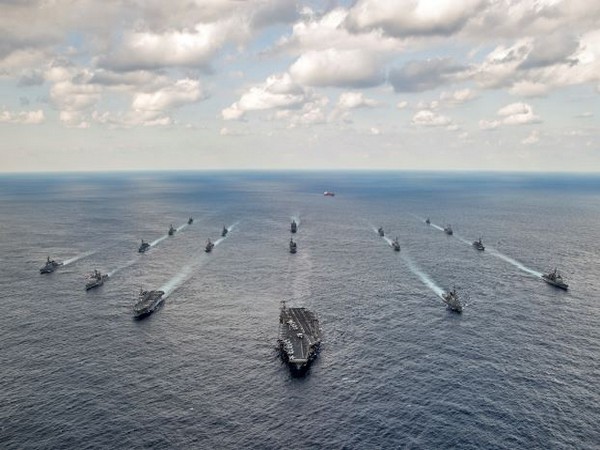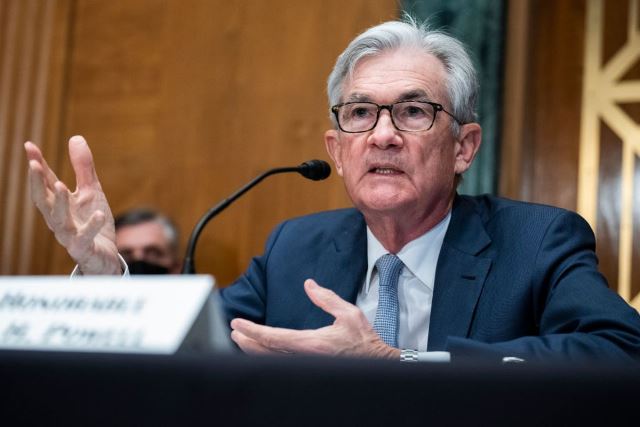US in its Annual Threat Assessment Report said that China’s Communist Party (CCP) will work to press Taiwan on unification, undercut US influence, drive wedges between Washington and its partners, and foster some norms that favour its authoritarian system.
The report prepared by US Intelligence further stated that the People’s Republic of China (PRC) uses coordinated, whole-of-government tools to demonstrate strength and compel neighbours to acquiesce to its preferences, including its land, sea, and air claims in the region and its assertions of sovereignty over Taiwan.
In 2023, Beijing will continue to apply pressure and possibly offer inducements for Taiwan to move toward unification and will react to what it views as increased US-Taiwan engagement, said the report.
Beijing’s control over Taiwan, if it succeeded in accomplishing its goal, probably would have wide-ranging effects, including disruption to global supply chains for semiconductor chips because Taiwan dominates production of cutting-edge chips.
Moreover, in the South China Sea, Beijing will continue to use growing numbers of air, naval, coast guard, and militia forces to intimidate rival claimants and to attempt to signal that China has effective control over contested areas. Similarly, China is pressuring Japan over contested areas in the East China Sea.
Beijing will try to expand its influence abroad and its efforts to be viewed as a champion of global development via several initiatives–including the Belt and Road Initiative (BRI) and Xi’s new flagship policies–the Global Development Initiative and the Global Security Initiative. Beijing has attempted to use these programs and initiatives to promote a China-led alternative to often US and Western-dominated international development and security forums and frameworks, added the report.
Beijing is working to meet its goal of fielding a military by 2027 designed to deter US intervention in a future cross-Strait crisis.
China is reorienting its nuclear posture for strategic rivalry with the United States because its leaders have concluded that their current capabilities are insufficient. Beijing worries that bilateral tension, US nuclear modernization, and the PLA’s advancing conventional capabilities have increased the likelihood of a US first strike.
The report also added that China will remain the top threat to US technological competitiveness, as Beijing targets key sectors and proprietary commercial and military technology from US and allied companies and institutions.
China is central to global supply chains in a range of technology sectors, including semiconductors, critical minerals, batteries, solar panels, and pharmaceuticals.
In a speech in April 2020, Chinese President Xi Jinping noted his intentions to increase global supply chain dependencies on China, with an aim of controlling key supply chains and being able to use those supply chain dependencies to threaten and cut off foreign countries during a crisis.
China’s dominance in these markets could pose a significant risk to US and Western manufacturing and consumer sectors if the Government of China was able to adeptly leverage its dominance for political or economic gain.
China’s dominance in the mining and processing of several strategic materials, including rare-earth elements, presents a major vulnerability to the United States. China could use its control of these critical minerals markets to restrict quantities for commercial advantage or as a tool in a political or trade dispute.
The US report also raised concern over China representing “the broadest, most active, and persistent cyber espionage threat to US Government and private-sector networks.”
China’s cyber pursuits and its industry’s export of related technologies increase the threats of aggressive cyber operations against the US homeland, suppression of the free flow of information in cyberspace–such as US web content–that Beijing views as threatening to the CCP’s hold on power, and the expansion of technology-driven authoritarianism globally.
China almost certainly is capable of launching cyber-attacks that could disrupt critical infrastructure services within the United States, including against oil and gas pipelines, and rail systems. China leads the world in applying surveillance and censorship to monitor its population and repress dissent.
However, China faces myriad–and in some cases growing–domestic and international challenges that probably will hinder CCP leaders’ ambitions. These include an aging population, high levels of corporate debt, economic inequality, and growing resistance to the People’s Republic of China’s (PRC) heavy handed tactics in Taiwan and other countries. (ANI)
Read More:http://13.232.95.176/









